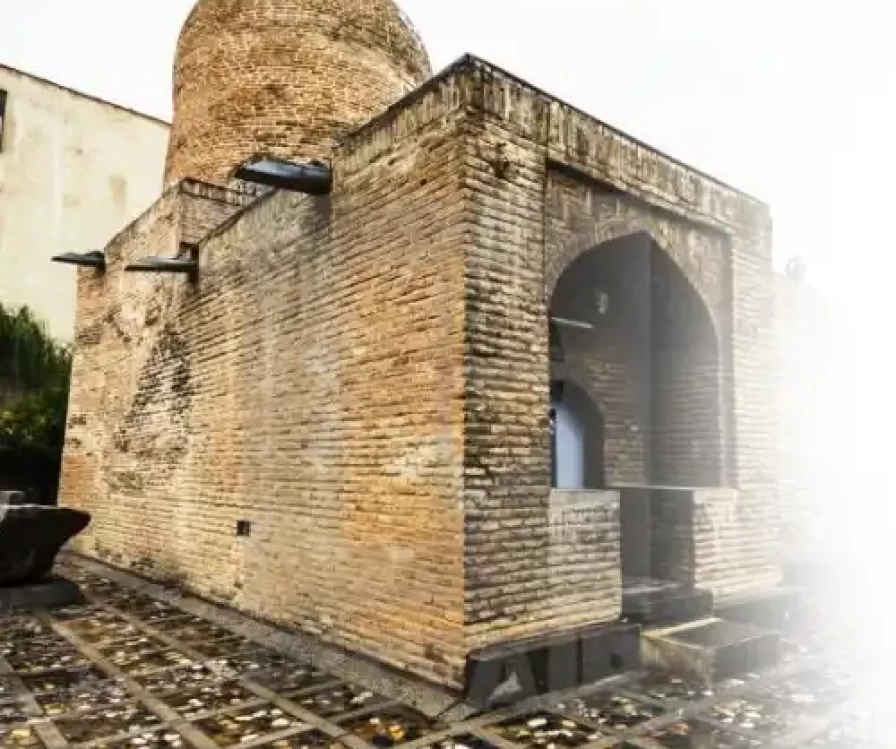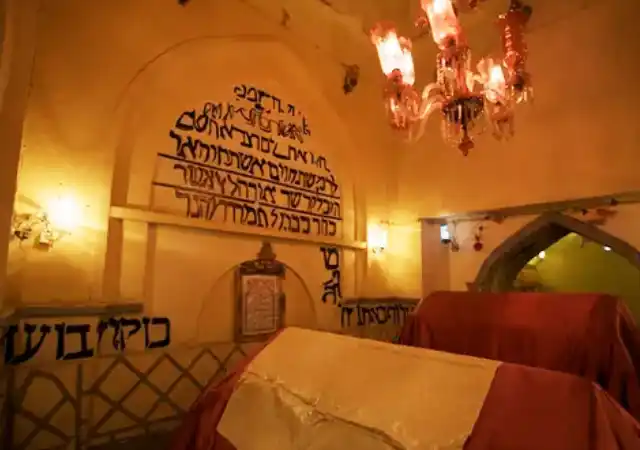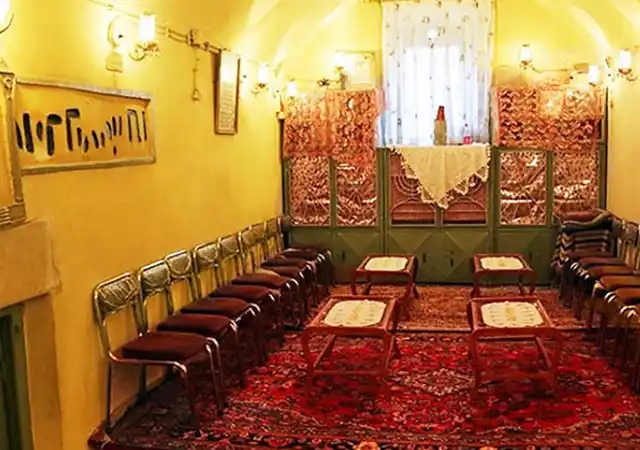
The Tomb of Esther and Mordechai





The Tomb of Esther and Mordechai
In the heart of Hamadan, at the beginning of Dekr Shariati Street, there stands a unique mausoleum believed to be the final resting place of two of the most significant figures in Judaism: Esther and Mordechai. This site holds immense religious significance for Jewish followers and attracts numerous visitors every year—not only Jews but also Muslims, Christians, and people of other faiths who revere scripture. Not long ago, around 50,000 Jews lived in this neighborhood and its surroundings in Hamadan, and this site was considered highly sacred. Today, it continues to hold a revered status among Jews, many of whom visit it as a pilgrimage destination.
During the reign of Xerxes I, the Achaemenid king who ruled over 127 satrapies (provinces), a lavish banquet was held. In a state of drunkenness, the king summoned Queen Vashti to appear before his guests to display her beauty. Iranian women were known for their modesty and valued their honor greatly, so the queen refused. Following Mordechai’s counsel, the king decided to depose her and seek a new queen. A search was conducted to find a suitable virgin to replace her. Among the young women brought to the palace was Hadassah, also known as Esther, an orphan of Jewish descent from the exiled community. She was chosen as queen. Following Mordechai’s guidance, Esther kept her Jewish identity a secret. According to the story, Mordechai later uncovered a plot by two palace officials against the king—a revelation that eventually led to his promotion as the king’s advisor.
The Jewish faith benefited from the tolerance and fair treatment of early Sassanid rulers, leaving behind several historical artifacts. The most famous among them is the tomb in Hamadan, widely recognized as the burial site of Esther, the Jewish queen of the Achaemenid dynasty, and Mordechai. The tomb is a modest structure that has undergone multiple restorations over time. The oldest part is an underground chamber with an entrance featuring a domed ceiling and two wooden shrines—one of which dates back to the Mongol era in Iran. The other is a modern replacement for the original. These shrines were rebuilt by the mother and brother of a prominent figure named Jamal al-Dawla, one of whom served as finance minister under the Mongol ruler Arghun Khan. They completed the renovation in 1602 CE (corresponding to 1291 in the Islamic calendar). Over a century earlier, the Jewish traveler Benjamin of Tudela mentioned this tomb in his travel writings, suggesting that even 1,500 years after Esther’s time, people believed she was buried at this very site.
Above the tomb walls, there is an inscription in Hebrew, intricately plastered in relief. The Hebrew inscriptions on Esther’s shrine date back to the 8th and 9th centuries AH. While scholars have debated the exact identities of those buried here, the most widely accepted account, supported by Greek historians and the Torah, is as follows:
Xerxes married Esther, a Jewish woman and the niece of courtier Mordechai. Through her, Jews gained influence in the royal court. However, a powerful official named Haman, uneasy with the growing influence of the Jews, obtained the king’s order to execute Mordechai. Through Esther’s intervention, the decree was reversed, but the king maintained that the original order could not be annulled. Instead, a new decree was issued, allowing Jews in every city to defend themselves legally—a protection that was previously denied under the earlier order.
Today:
The tomb of Esther and Mordechai continues to draw visitors from around the world. It remains a place of deep historical and spiritual significance.We hope to welcome you to this sacred site and assist you in exploring Iran, Hamadan, and the city itself in the near future.
Contact Us
+989054577261